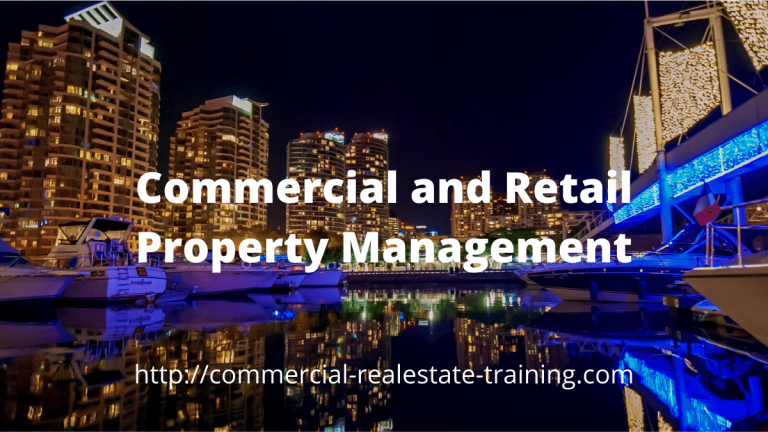Setting Fees in Commercial Real Estate Property Management Today
The fee setting process in commercial or retail property management is not just a matter of using a percentage of passing income from the property. There are many other things to consider in establishing the right property management fees for the property and the client that you act for.
All properties are different as are the requirements of the clients when it comes to cash flow, lease structure, leasing, and occupancy. Before you create a proposal to manage a property (and set your fees) understand the complexity of the property, the tenant mix and the client reporting.
Many things can put pressure on your time and your services in property management. I have seen many ‘stressed’ property managers trying to control a great number of tenants and properties in their portfolio. The property managers are loaded with too many clients and tenants to balance the required income from their respective portfolios.
If the management fees are not set correctly in the first place, the quality of client service will suffer, the property manager will under-perform, and the tenants will be uncontrolled. So here are some ideas to help you set property management fees today:
- Review the property comprehensively to understand the leases, tenant mix, vacancy factors (current and future), tenant volatility, maintenance, and current property performance. The older the property, the greater the pressure on most of those categories.
- When you closely review the leases for the property you will find critical dates and the required responses for each. A property with a lot of leases will have a lot of critical dates to control and respond to. Assess the pressures that these dates are likely to create in the immediate sense on the property manager.
- Talk to the tenants in the property to assess property performance and pressures of occupancy from their perspective. The relationships between tenants and landlord are important to the stability of the property and income stream. If problems exist, find out why and then assess how they could impact property function and management.
- Older properties have greater demands on maintenance, and that has a flow through to occupancy strategies and outgoings. Look at the budgets for the property to date and assess pressures that could apply within income and expenditure. Compare the budgets to the actual cash flow currently.
- The landlord of the property (your client) will have requirements on reporting and income. Understand just what they require when it comes to property control, reporting, approvals, and maintenance. Some landlords are very demanding on reporting and cash flow and that will likely have an impact on the property manager’s time.
So the fees to be set for managing a commercial or retail property can include a variety of fee structures including some of these:
- Base management fee (minimum fee)
- Percentage of passing income
- Fees on rental recovered
- Fees on outgoings recovery
- Rent review fees
- Option negotiation fees
- Lease fees (new tenants)
- Lease fees (current tenants)
- Inspection fees
- Tenant retention planning
- Business planning and budgeting
- Initial property set up at property handover
- Special services and property attendance
So there are plenty of things that you can charge for as a ‘fee base’ for property management services provided; you just need to understand what you are asking for and why that is the case. I go back to the point that you should know the property and the client to achieve that information. Don’t pitch for a new property management without doing your ‘homework’ first. Set a comprehensive fee base for services to be provided. You are the property specialist and that requires a reasonable fee for service.






